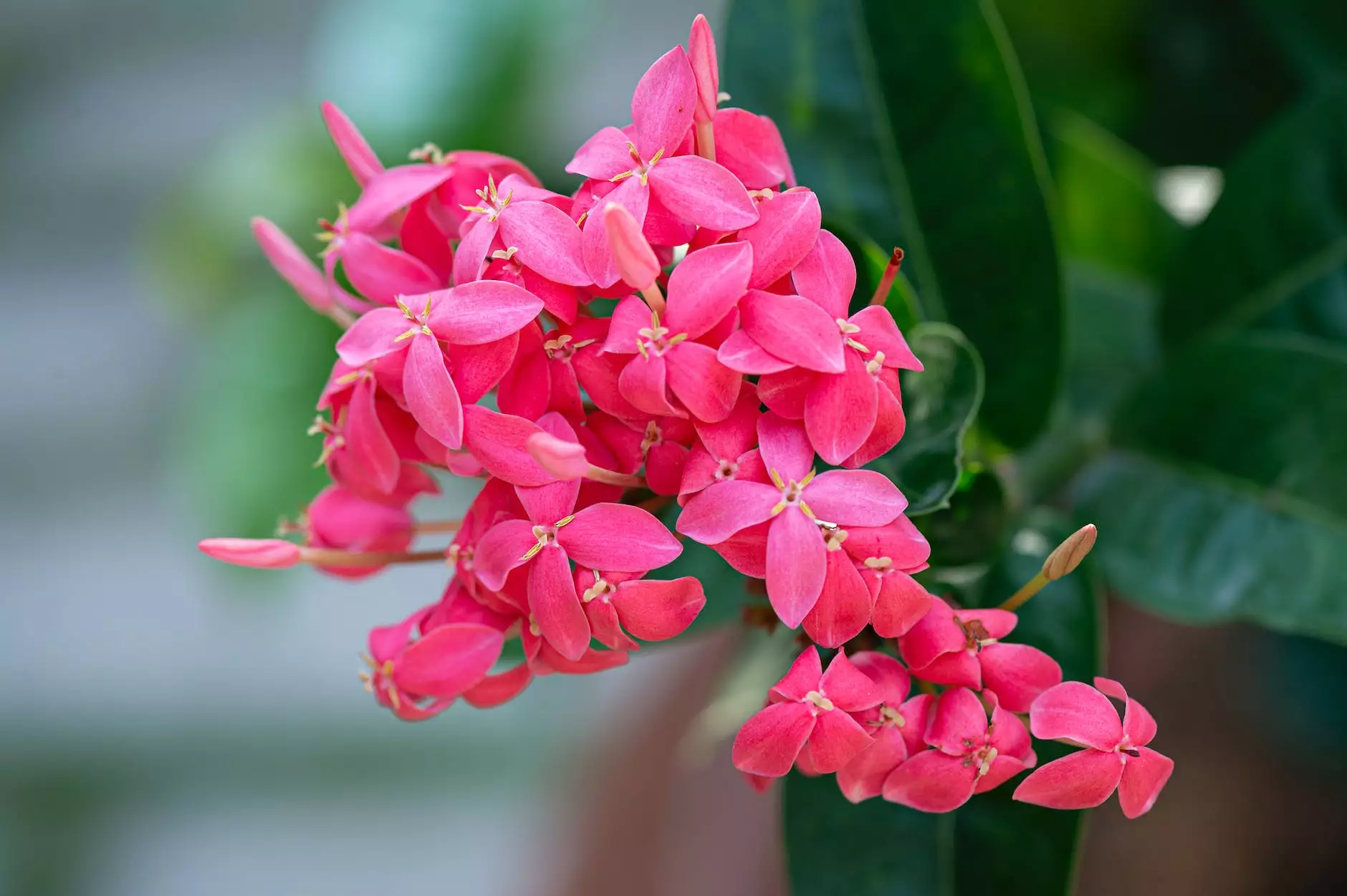Fruit Tree Planting & Selection Guide - Sarvodaya Institute

Introduction
Welcome to the Fruit Tree Planting & Selection Guide by Pollen Bank. Whether you are an experienced gardener or just starting out, this comprehensive guide will provide you with valuable information on how to successfully plant and select fruit trees for your garden. Growing your own fruits can be a rewarding and sustainable way to enjoy fresh produce right from your backyard.
Benefits of Growing Fruit Trees
Growing fruit trees offers numerous benefits. Not only do they provide a source of fresh, organic fruit but they also enhance the beauty of your landscape. Fruit-bearing trees attract pollinators, such as bees and butterflies, helping to support local ecosystems. Additionally, tending to fruit trees can be a therapeutic and enjoyable hobby, allowing you to connect with nature and experience the satisfaction of nurturing a living plant from its infancy to a fruitful harvest.
Choosing the Right Fruit Tree
When it comes to selecting a fruit tree for your garden, it's important to consider various factors such as climate, soil type, available space, and personal preferences. Different fruit tree varieties thrive in different conditions, so it's essential to choose the right tree for your specific environment. Here are some key factors to consider:
1. Climate
The first step in selecting a fruit tree is to determine whether it is suitable for your climate. Some fruit trees prefer warmer climates while others can withstand colder temperatures. Research the hardiness zone for your area and choose a tree that is well-suited to it.
2. Soil Type
Understanding your soil type is crucial for the successful growth of fruit trees. Some trees prefer well-draining soil, while others thrive in loamy or clay soil. Test your soil's pH level and nutrient content to ensure it can support the chosen fruit tree.
3. Space Availability
Consider the available space in your garden when selecting a fruit tree. Trees require sufficient room for their roots to spread and for proper air circulation. Ensure that the selected tree will fit comfortably in its designated spot without overcrowding other plants or structures.
4. Pollination Requirements
Some fruit trees require cross-pollination with another compatible variety to produce fruit. If this is the case, make sure you have enough space to accommodate multiple trees or research self-pollinating varieties.
5. Fruit Characteristics
Take into account your personal preferences when it comes to fruit characteristics such as flavor, texture, size, and ripening season. Consider the intended use of the fruit, whether it's for fresh consumption, baking, or preserving.
Planting Techniques
Proper planting techniques are crucial for the healthy establishment of fruit trees. Follow the steps below to ensure a successful planting process:
1. Site Preparation
Choose a location that receives adequate sunlight and has well-draining soil. Clear the area of any weeds, rocks, or debris that may hinder the growth of the tree. Dig a hole twice the size of the tree's root ball.
2. Tree Placement
Place the tree in the center of the hole, ensuring that the graft union (the swollen area where the scion is attached to the rootstock) is above the soil surface. Backfill the hole with soil, gently firming it around the roots to eliminate air pockets.
3. Watering and Mulching
After planting, water the tree thoroughly to settle the soil. Apply a layer of mulch around the base of the tree, leaving a small gap between the mulch and the trunk to prevent rotting. Mulching helps retain moisture and suppresses weed growth.
4. Pruning
Pruning is essential for shaping the tree, removing dead or damaged branches, improving airflow, and promoting fruit production. Consult pruning guides specific to the chosen fruit tree to ensure proper techniques are employed.
Maintenance Tips
Maintaining fruit trees is crucial to ensure optimal growth and productivity. Here are some important maintenance tips:
1. Irrigation
Establish a regular watering schedule, especially during dry periods. Fruit trees require consistent moisture, but be cautious of overwatering, as it can lead to root rot. Consider drip irrigation systems for efficient water usage.
2. Fertilization
Apply organic fertilizers or compost to provide essential nutrients to the tree. Follow the recommended dosage and application instructions specific to the chosen fruit tree. Avoid excessive use of synthetic fertilizers, as they can harm beneficial soil organisms.
3. Pest and Disease Management
Monitor your fruit trees regularly for signs of pests and diseases. Implement integrated pest management strategies, such as using beneficial insects, organic sprays, and physical barriers to protect the trees without causing harm to the environment.
4. Harvesting
Timing is crucial when it comes to harvesting fruits. Learn about the ideal ripeness indicators for each fruit variety to ensure optimal flavor and texture. Use pruning shears or scissors to avoid damaging the tree or leaving open wounds.
By following these techniques and tips, you'll be well on your way to successfully planting and maintaining fruit trees in your garden. Enjoy the beauty and abundance that fruit trees bring, and savor the pleasure of harvesting your own homegrown fruits. Start your fruit-growing journey today with Pollen Bank's comprehensive Fruit Tree Planting & Selection Guide!
© 2022 Pollen Bank | eCommerce & Shopping - Food & Supplements










